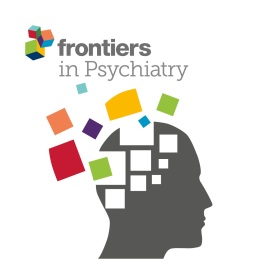
“Autism spectrum disorders (ASDs) are diagnosed on the basis of three behavioral features, namely, (1) deficits in social communication, (2) absence or delay in language and (3) stereotypy. The consensus regarding the neurological pathogenesis of ASDs is aberrant synaptogenesis and synapse function. Further, it is now widely accepted that ASD is neurodevelopmental in nature, placing emphasis on derangements occurring at the level of intra- and intercellular signaling during corticogenesis. At present, there is an ever-growing list of mutations in putative susceptibility genes in affected individuals, preventing effective transformation of knowledge gathered from basic science research to the clinic. In response, the focus of ASD biology has shifted toward the identification of cellular signaling pathways that are common to various ASD-related mutations in hopes that these shared pathways may serve as more promising treatment targets than targeting individual genes or proteins. To this end, the endogenous cannabinoid (endocannabinoid, eCB) system has recently emerged as a promising therapeutic target in the field of ASD research. The eCB system is altered in several neurological disorders, but the role of these bioactive lipids in ASD etiology remains poorly understood. In this perspective, we review current evidence linking eCB signaling to ASDs and put forth the notion that continued focus on eCBs in autism research may provide valuable insight into pathophysiology and treatment strategies. In addition to its role in modulating transmitter release at mature synapses, the eCB signaling system plays important roles in many aspects of cortical development, and disruption of these effects of eCBs may also be related to ASD pathophysiology.”
https://www.ncbi.nlm.nih.gov/pubmed/30854511
“Advances in our understanding of eCB actions will undoubtedly facilitate pharmacological interventions and further, provide patients the best quality of life possible.”







 “Substance use disorder is characterized by repeated use of a substance, leading to clinically significant distress, making it a serious public health concern. The endocannabinoid system plays an important role in common neurobiological processes underlying substance use disorder, in particular by mediating the rewarding and motivational effects of substances and substance-related cues. In turn, a number of
“Substance use disorder is characterized by repeated use of a substance, leading to clinically significant distress, making it a serious public health concern. The endocannabinoid system plays an important role in common neurobiological processes underlying substance use disorder, in particular by mediating the rewarding and motivational effects of substances and substance-related cues. In turn, a number of 
